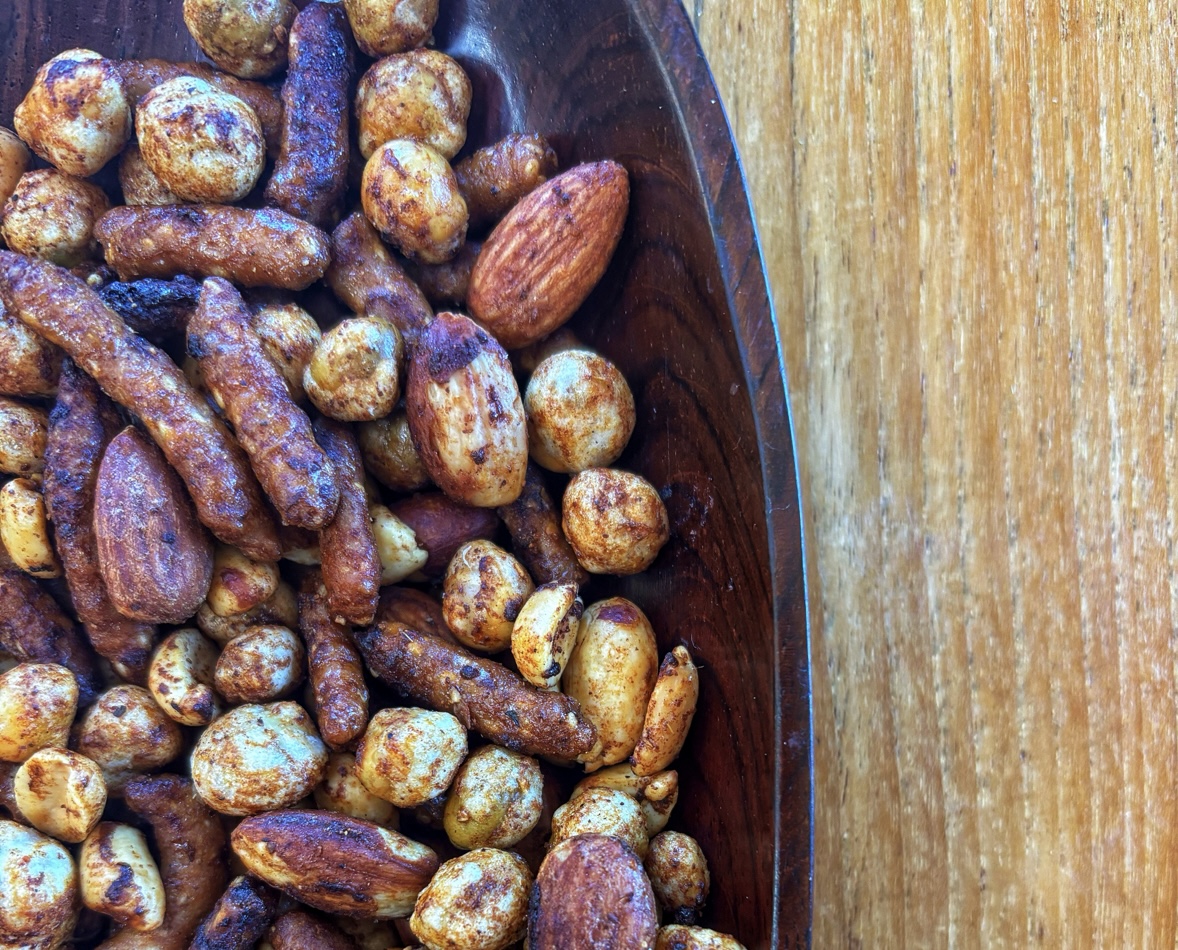One of my goals is to incorporate a greater variety of grains into our meals. I’ve done – and re-done every kind of rice side dish I could think of. I’m tired of finding more cous cous on the floor than in the bellies of my kids, and
It is my hope that the flavors, textures and health benefits of grains will give me a broader palate from which to create delicious meals. This month, The Whole Grains Councilnaming Amaranth the Grain of the Month, I take a look at this ancient grain.
Amaranth is a grain that has a long history especially in Mexico, where the Mayan and Incan civilizations cultivated it for centuries. To the Aztecs, Amaranth was believed to have magical properties, as it gave them strength. But, because of ritual practices that were deemed less-than-appropriate by the Spanish once they arrived in the Americas, Amaranth crops were burned, and anyone who was in possession of the grain was punished. (It is said having one grain of amaranth was punishable by chopping off the hands of the person in possession of the grain).
As a result, amaranth became a lost grain for many generations. But, don’t fret, today, Amaranth is grown in several countries including Mexico, Peru, Nepal and the U.S., and is becoming an increasingly popular grain in restaurants and homes across the country.
Highly Nutritious
Tan in color, Amaranth seeds are very small (almost the size of poppy seeds).
While Amaranth is not considered a true cereal grain, its amazing nutritional qualities are similar to those of cereal grains, which is why its use in diets over the centuries has been similar to that of cereal grains such as oats, wheat and sorghum.
Amaranth is high in protein, especially Lysine, an amino acid, which is low in many cereal grains. It has one of the highest fiber content of grains, making it a perfect choice for fighting against cancer, heart disease and other debilitating illnesses.
Only 150 grams of Amaranth a day will supply an adult with 100 percent of the daily requirement of protein.
Adding to its accolades, Amaranth has one of the highest fiber contents of all grains, is rich in many vitamins and minerals, and has also been found to contain significant amounts of phytosterols, which are being found to play a major part in the prevention of all kids of diseases.
And, for those you who are allergic to wheat, Amaranth is a great substitute.
But, aside from all the good stuff that is packed inside these tiny round grains, amaranth tastes great and is quite versatile. Amaranth has a nutty, earthy flavor that adds a subtle flavor to any meal. Simple to use, amaranth can be cooked like rice, or toasted and mixed into salads and stir-fry’s.
It can also be ground into amaranth flour, which can then be substituted for baking flour in any recipe such as muffins, cookies, pancakes or even bread.
It is important to note, that Amaranth contains no gluten, therefore it isn’t good for making yeast breads by itself. By substituting approximately 25% of wheat flour with Amaranth flour you can make your whole grain bread a complete protein.
Other uses for Amaranth include:
* Amaranth for a delicious breakfast cereal. Boil it for 20 minutes in its whole seed form.
* Use it to add flavor to different recipes. It can be ground raw or toasted before grinding.
* Pop it like you would popcorn and use it to add texture and crunchiness to homemade bread, soup, salad or even granola.
* Use Amaranth flour as a thickening agent in soups, stews and gravy.
* Sprouted Amaranth goes well in salads or prepared cereals.


